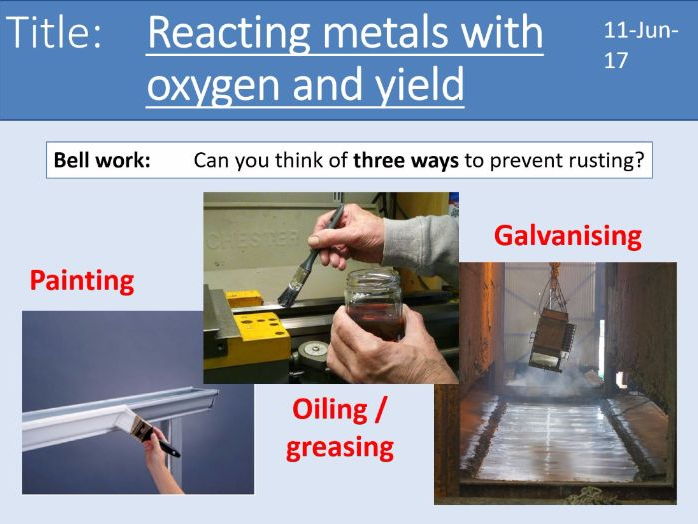QuasiEntropist's Shop
Experienced Science teacher and Head of Department specialising predominantly in Physics at GCSE and A-level. My resources are designed as complete and ready-to-go lessons for any science teacher but are particularly suited to NQTs or those who are not 100% confident at the material yet as explanations and activities are very clearly described and answers provided wherever possible. At KS4 and KS5, lessons prepare students for their exams by incorporating exam application throughout.






















